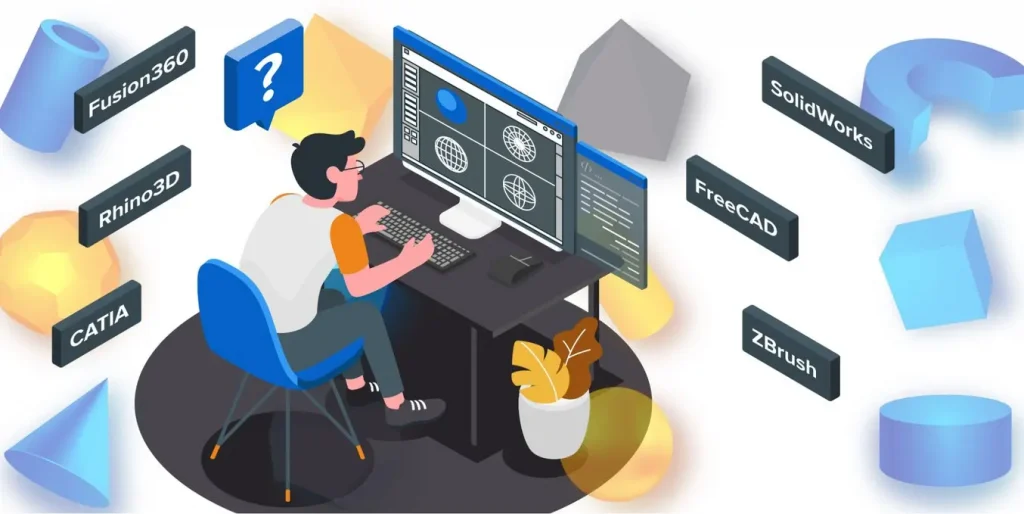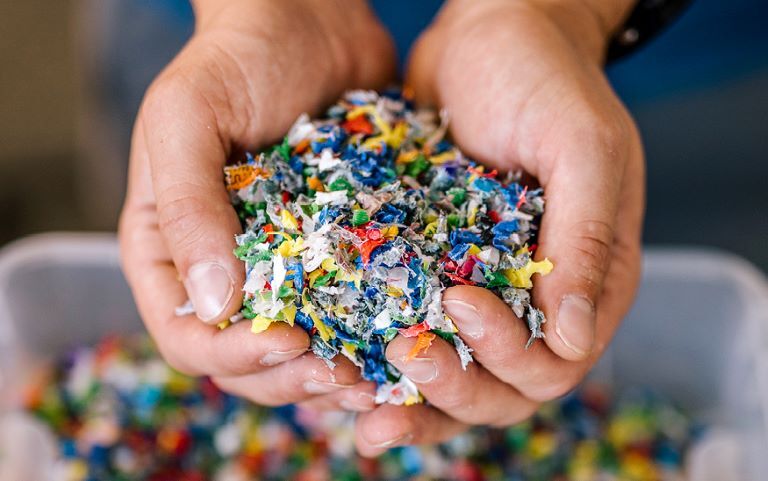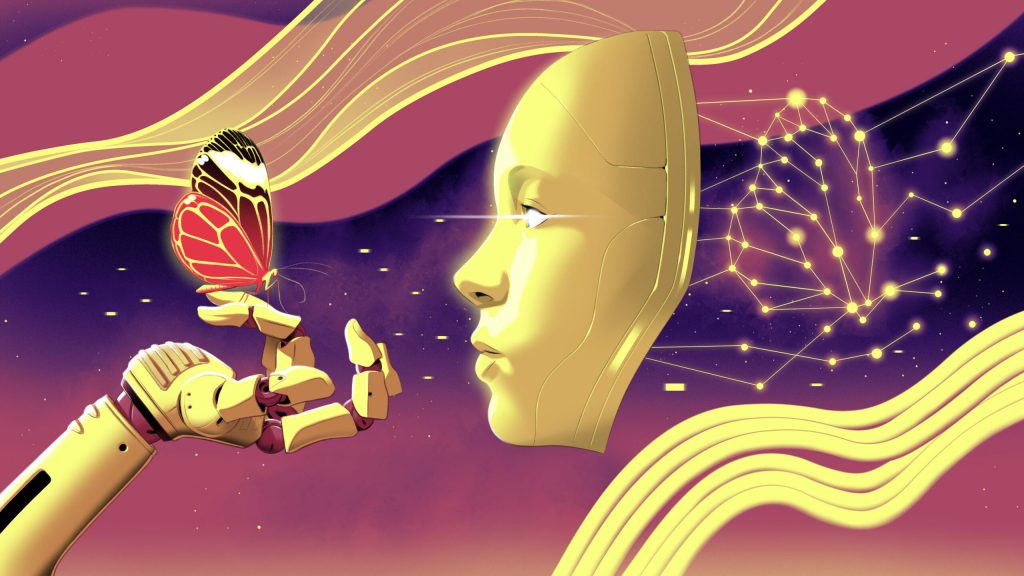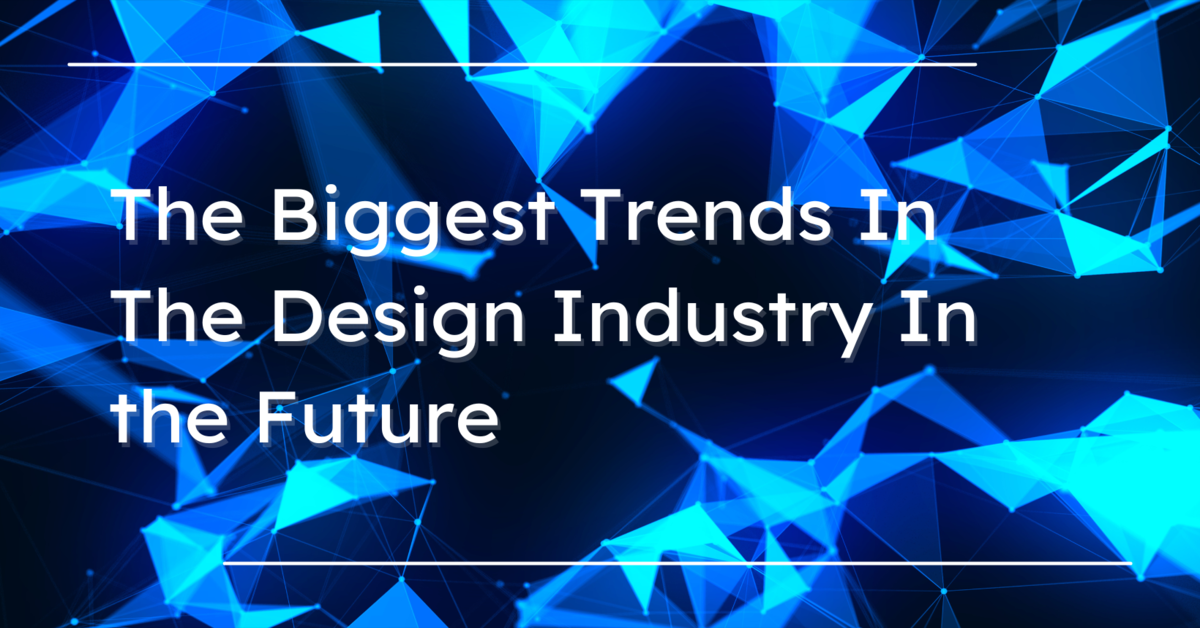In recent years, the design industry has seen a shift towards more sustainable and environmentally friendly practices. This trend is likely to continue over the next five years, as more designers become aware of the impact their work has on the planet. Another big trend that is likely to continue gaining popularity is the use of technology in design. This can be anything from using 3D printing to create prototypes to using augmented reality to help clients visualize finished products.

Technology In Design
Technology has revolutionized the design process, making it faster and easier to create high-quality designs. In the past, designers had to rely on manual labor and their own two hands to create prototypes and models. Today, however, there are a variety of computer-aided design (CAD) software programs that allow designers to create detailed 2D and 3D models of their designs.
CAD software not only speeds up the design process, but also allows for more complex designs. In the past, designers were limited by the materials they could use and the techniques they could employ. However, with CAD, designers can create designs that would be impossible to create by hand. This means that designers can now push the boundaries of what is possible, creating truly innovative designs.
Overall, technology has had a major impact on the design process. CAD software has made it faster and easier to create high-quality designs, and has also allowed for more complex and innovative.

Sustainable and Eco-friendly Design
As the world becomes more aware of the need to protect the environment, many companies are moving towards more sustainable and eco-friendly design practices. This means using materials that are environmentally friendly, such as recycled or recyclable materials, and using processes that have minimal impact on the environment. It also means designing products that can be easily repaired or recycled, and that have a long lifespan.
Sustainable design is not only good for the environment, but it can also benefit businesses. Consumers are interested in buying eco-friendly products, and companies that adopt sustainable design practices can capitalize on this growing market. In addition, sustainable design can help companies save money, as eco-friendly materials and processes often have lower costs than traditional materials and processes.

Artificial Intelligence
Artificial intelligence is gradually becoming a design mainstream technology. AI is well on its way to becoming the go-to tool for designers, thanks to its ability to create complex designs and its ever-growing pool of data.
AI is replacing designers for a variety of reasons. For starters, AI outperforms human designers in terms of speed. It is capable of producing designs at a rate that humans cannot match. Furthermore, AI is not constrained by the same constraints that human designers are. It can consider a much broader range of options and come up with solutions that humans would never consider.
Ultimately, AI is replacing design because it is simply a better design tool. It is faster, more accurate, and more flexible than human designers. As AI continues to improve, it is only going to become more prevalent in the design industry.
Conclusion
The design industry is always changing and evolving, and it can be hard to predict what the future holds. However, there are a few trends that seem to be gaining popularity and are likely to continue to grow in the coming years. These include more focus on sustainability, user experience, and technology. As the world becomes more and more digitized, the design industry will need to keep up with the latest trends and technologies to stay relevant. Visit Artmeet to view the latest blogs.

